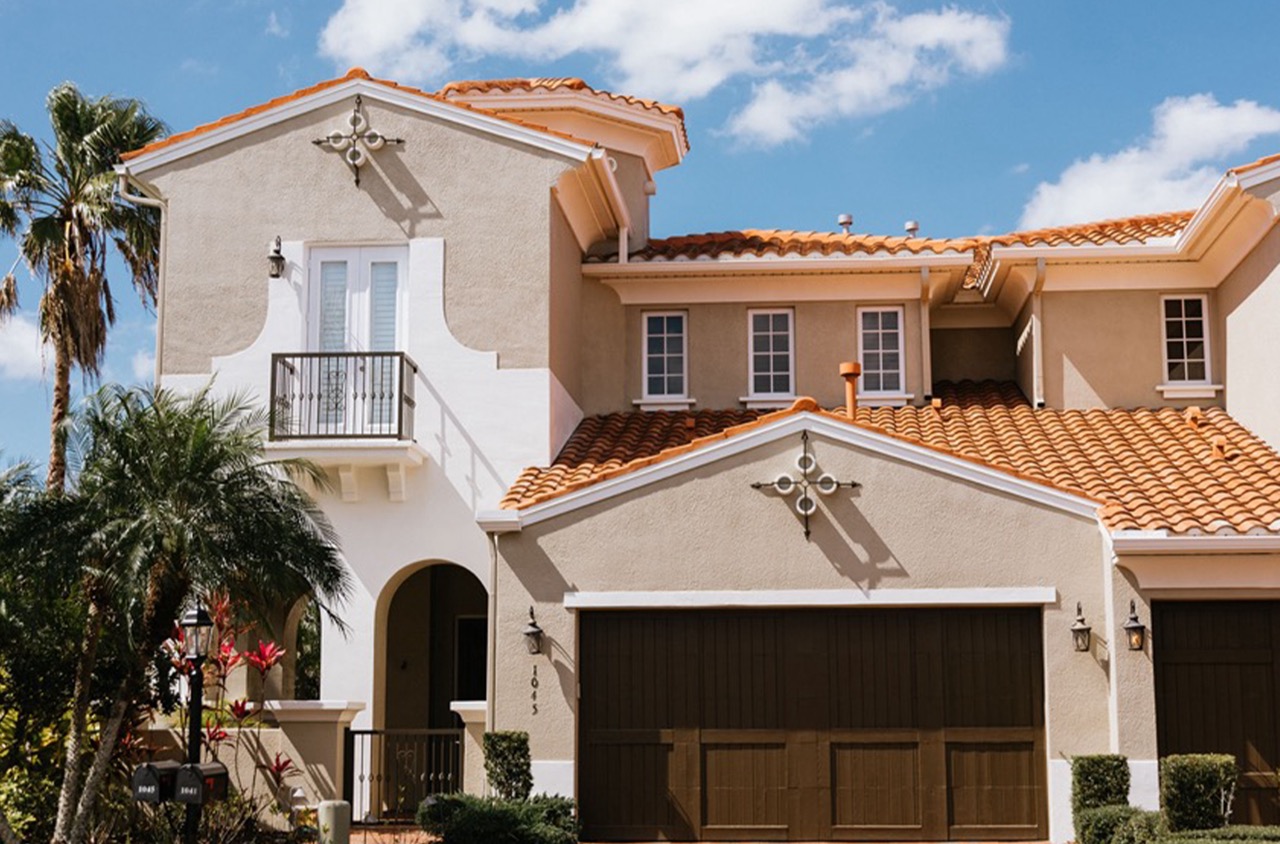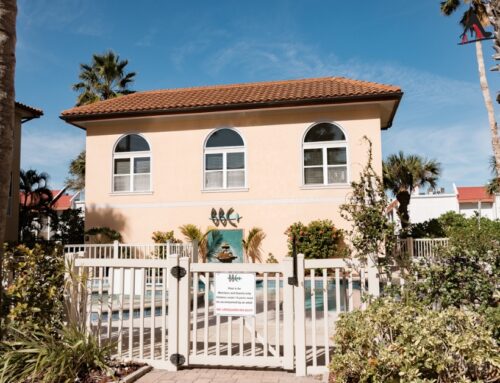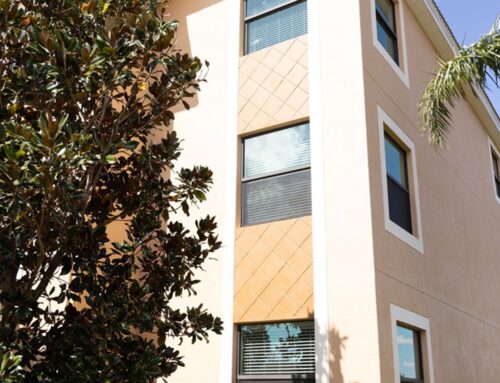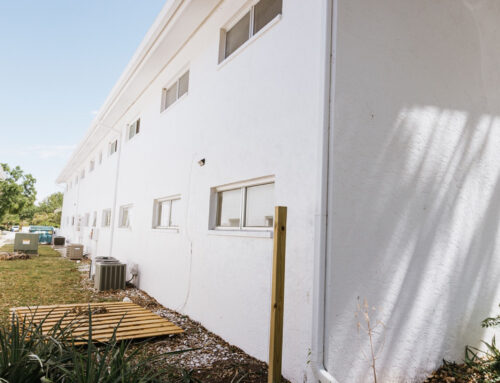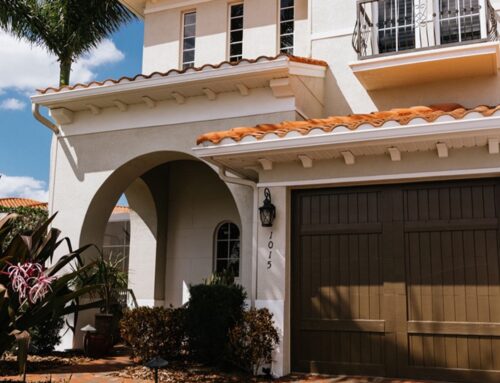When preparing your home or business for a fresh coat of paint, one common question arises: should you wash your walls before painting? This step might seem unnecessary at first glance, yet it is often a crucial factor in determining the quality and longevity of a paint job. Dirt, grime, and even subtle surface oils can interfere with paint adhesion, leading to peeling or uneven finishes over time. By removing these impurities, you ensure a smooth application and a more lasting transformation of your space. In this article, we explore the importance of cleaning your walls and share insights from professional painters on how it can impact the results of your painting project.
The Impact of Dirt and Grime on Paint Adhesion
When it comes to maintaining the look and longevity of your building’s exterior or interior, understanding the role of surface preparation is crucial. One often overlooked aspect is how dirt and grime can severely affect paint adhesion, impacting both appearance and durability.
Before paint can successfully adhere to any surface, it needs a clean, solid foundation. Dirt, dust, and grime act as a barrier between the paint and the wall. Applying paint over a dirty surface can lead to peeling, cracking, or bubbling as the paint struggles to bond with the substrate. This can result in uneven finishes and surfaces that need frequent repainting, costing time and money.
For businesses looking to uphold their professional image and avoid unnecessary expenses, there are practical steps to ensure effective paint application. Begin by thoroughly cleaning the surfaces you plan to paint. Pressure washing is a highly effective method for exterior walls, effortlessly removing accumulated dirt and grime from your building’s façade. Be cautious with the pressure setting to prevent damaging softer materials like wood or aged brick.
For interior painting, a simple mixture of mild detergent and water can be used to clean walls. Pay particular attention to high-traffic areas like hallways or entryways, which tend to accumulate more dirt. A sponge or soft cloth can be used to gently scrub these surfaces before painting.
Another key practice is the use of priming. Primers are formulated to create a uniform surface for paint to adhere, especially useful if you’re painting over glossy or previously painted walls. Primers can also help block stains that may bleed through new paint layers. Using a primer tailored to your specific surface type—be it drywall, wood, or metal—is essential for optimal adhesion.
After cleaning, it’s important to ensure the surface is completely dry before painting begins. Moisture can weaken the bond between the paint and the substrate, resulting in bubbles or mildew growth. Weather conditions can also impact drying time, so checking humidity levels and scheduling painting during dry, mild weather can enhance results.
Properly preparing surfaces by eliminating dirt and grime not only enhances the aesthetic appeal of your business but also extends the life of your paint, ensuring a cost-effective investment.
How to Properly Wash and Dry Walls
Maintaining freshly painted walls is crucial for both aesthetics and longevity. Dirt and grime gather over time, especially in high-traffic areas. Proper cleaning is the first step toward preserving the vibrancy of your walls. Here’s a straightforward approach to washing and drying painted walls, ideal for both residential and commercial spaces.
First, gather the essentials: a soft sponge or lint-free cloth, mild detergent or wall cleaner, a bucket with warm water, and a dry towel. Avoid harsh scrubbers or abrasive cleaners, as they might damage the paint.
Start by dusting the walls with a dry cloth or a vacuum cleaner’s brush attachment. This removes loose dirt and prevents smearing when wet. Next, prepare a cleaning solution with mild detergent in warm water. Test it on a small, out-of-sight area to ensure it doesn’t affect the paint. Avoid excess water; dampness is plenty.
Using a sponge or cloth, gently scrub the walls in circular motions. Focus on sections, starting from the top and working your way down to avoid streaks. Pay attention to visible marks or stains, but don’t apply too much pressure as it could peel the paint. You might be tempted to use stronger solutions for stubborn stains, but it’s best to consult with a painting expert before doing so.
Once the washing is complete, it’s time to dry. Wipe the walls with a clean, dry towel or cloth. This step is critical, especially in humid climates like Florida, to prevent moisture from seeping into the paint, which can lead to issues like mold or bubbling. Drying walls promptly ensures that the fresh appearance endures longer.
For commercial spaces, consider creating a regular cleaning schedule. Frequent light cleaning can reduce the buildup of dirt, making deep cleaning sessions less labor-intensive. Additionally, inform staff or occupants about simple maintenance tasks such as spot-cleaning minor spills or marks as they occur.
By maintaining a routine for cleaning and drying walls, businesses can prolong the life of their paintwork, keeping environments welcoming and professional.
When to Skip Washing Before Painting
In the realm of painting, preparation is as vital as the painting itself. While cleaning surfaces before a fresh coat might seem like a given, there are instances where skipping the washing step is not only practical but can actually enhance the efficiency of your project.
For surfaces that are only mildly dusty or greasy, a simple visual inspection can help you determine if washing is truly necessary. Lightly wiping down the surface with a dry cloth might reveal that the area can be painted as-is. This can save both time and resources when extensive washing isn’t required.
Interior walls that have been recently painted and exposed to minimal dirt can generally forego the washing process. However, assessing the walls for any visible stains or fingerprints is crucial. For surfaces that appear clean and dry, directly applying a primer may be sufficient to ensure paint adhesion.
High-quality paints often have better adhesion properties, making them less reliant on perfectly washed surfaces. If you’re using premium paints, you might skip the wash if the walls are generally clean. It’s important to verify that the paint explicitly assures adhesion without rigorous pre-cleaning, which can benefit those looking to expedite their painting projects.
In commercial settings where time constraints are critical, evaluate the necessity of washing for each surface. In an office environment, for instance, partitions or walls that are less exposed to dirt might not need washing, especially if they’re not in high-contact areas.
Lastly, consider the climate. In humid areas like Sarasota and Manatee Counties, moisture can collect on surfaces. However, if the surface has been previously treated with moisture-resistant coatings, the need for washing is reduced. The prior use of such treatments means less dirt accumulation over time.
Adopting a strategic approach to skipping washing can streamline your painting process without compromising the quality. Consistently assessing the condition and context of each surface is key to making smart decisions for your painting projects.
Next Steps
In the painting industry, decisive preparation can significantly influence the longevity and appeal of your work. As we’ve highlighted, washing walls before painting is context-dependent—dictated by factors such as prior coatings, current condition, and environmental influences native to Sarasota and Manatee Counties. Skip extensive washing where surfaces are clean or fortified with high-quality paints, but never at the expense of your finished product’s integrity.
At A Step Above Painting, we understand these nuances and are dedicated to guiding you through your painting endeavors. Whether your project is residential reinvention or a commercial refresh, our expertise ensures your surfaces are treated with appropriate care, optimizing both time and quality. Should you need a professional opinion or a quote tailored to your unique space, we encourage you to reach out. Contact us today for a consultation and experience a painting service a step above the rest.


